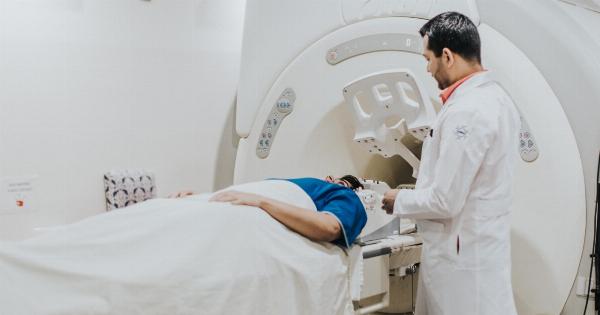Fear is an essential emotion that helps us stay safe in dangerous situations. However, sometimes the brain overreacts to a perceived threat, leading to excessive fear responses that interfere with daily life.
In the past, researchers have focused on the brain regions that generate fear responses, such as the amygdala. However, recent research has identified a new brain pathway involved in controlling the suppression of fear. In this article, we will discuss the latest advances in our understanding of the neurological process that controls fear suppression.
What is fear?
Fear is a natural emotion that helps us survive in dangerous situations. When we encounter a perceived threat, our brain triggers a fear response that prepares our body for fight or flight.
The fear response involves a complex set of physiological changes, such as increased heart rate, breathing rate, and blood pressure. It also involves changes in cognition, such as increased attention and vigilance towards the threat.
However, sometimes our brain overreacts to a perceived threat, leading to excessive fear responses that interfere with daily life. This is known as anxiety, which is a common mental health disorder that affects millions of people worldwide.
Anxiety can be debilitating, making it difficult for people to carry out their daily activities and maintain relationships.
The amygdala and fear processing
For many years, researchers have focused on the role of the amygdala in fear processing. The amygdala is a small almond-shaped structure located deep within the brain.
It is responsible for processing emotional stimuli, including fear, and coordinating the body’s response to a perceived threat.
When we encounter a threat, the amygdala sends a signal to the hypothalamus, which triggers the release of stress hormones such as adrenaline and cortisol.
These hormones prepare the body for fight or flight by increasing heart rate, breathing rate, and blood pressure. The amygdala also sends a signal to the prefrontal cortex, which is responsible for decision-making and planning. This allows us to evaluate the threat and decide on an appropriate response.
However, recent research has shown that the amygdala is not the only brain region involved in fear processing. In fact, a new brain pathway has been identified that is responsible for controlling the suppression of fear.
The ventral hippocampus and fear suppression
The ventral hippocampus is a brain region located near the amygdala. It is known to be involved in memory consolidation, spatial navigation, and emotion regulation. However, until recently, its role in fear processing was unclear.
In a study published in Nature Neuroscience, researchers found that the ventral hippocampus plays a crucial role in controlling the suppression of fear. The study involved mice that had been conditioned to associate a tone with a mild electric shock.
When the tone was played, the mice froze in fear, indicating that they had learned to associate the tone with the shock.
The researchers then used optogenetics to selectively activate or inhibit specific neurons in the ventral hippocampus. They found that when they inhibited a specific group of neurons, the mice were unable to suppress their fear response to the tone.
This indicates that the ventral hippocampus is necessary for the suppression of fear.
The researchers also found that the ventral hippocampus interacts with the prefrontal cortex to control fear suppression. When the prefrontal cortex is activated, it sends a signal to the ventral hippocampus, which in turn inhibits the amygdala.
This allows the brain to suppress the fear response and evaluate the threat more objectively.
Clinical implications
The discovery of the ventral hippocampus pathway has important implications for the treatment of anxiety disorders.
Current treatments for anxiety disorders, such as cognitive-behavioral therapy and medication, target the amygdala and its associated pathways. However, these treatments are often ineffective for some patients, highlighting the need for new therapeutic targets.
The ventral hippocampus pathway may offer a new target for the development of anti-anxiety treatments.
By targeting the ventral hippocampus and its interaction with the prefrontal cortex, it may be possible to enhance the brain’s ability to suppress fear and reduce anxiety symptoms.
Conclusion
The discovery of the ventral hippocampus pathway has provided new insights into the neurological process that controls fear suppression.
It has highlighted the complex interplay between different brain regions involved in fear processing and demonstrated the importance of the ventral hippocampus in regulating the suppression of fear.
Further research is needed to fully understand the mechanisms involved in fear suppression and to develop new treatments for anxiety disorders.
However, the discovery of the ventral hippocampus pathway offers hope for the millions of people who suffer from anxiety disorders.



























